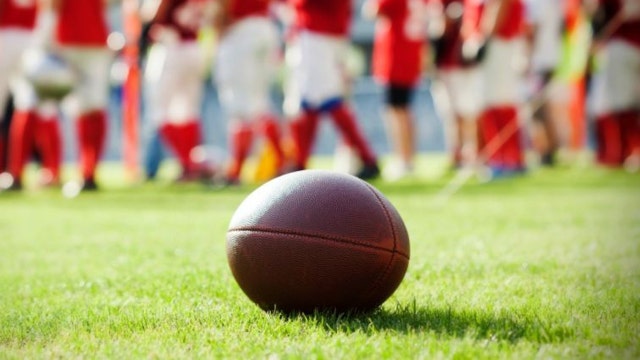Alarming new study on brain injuries and youth football
Research out of Wake Forest University suggests collisions visibly impact children's brains after only one season of football
While studies focusing on retired professional football players and those who reached collegiate level of play have reported on the damaging effects the sport can have on the brain, new research focusing on children has found that playing just a single season of youth football can put them at risk for measurable brain changes – even if they never received a clinical diagnosis of a concussion.
“Most investigators believe that concussions are bad for the brain, but what about the hundreds of head impacts during a season of football that don’t lead to a clinically diagnosed concussion?” lead study author Dr. Christopher T. Whitlow, an associate professor and chief of neuroradiology at Wake Forest School of Medicine in Winston-Salem, N.C., said in a news release. “We wanted to see if cumulative sub-concussive head impacts have any effects on the developing brain.”
For the study published online Monday in the journal Radiology, researchers focused on 25 male youth football players between the ages of 8 and 13 during a single season of play. They used Head Impact Telemetry System (HITs) to record head impact data and assess the frequency and severity of helmet impacts, according to the news release. None of the players involved in the study had shown signs or symptoms of a concussion throughout the season.
The study subjects were evaluated before and after the season with multimodal neuroimaging, including an advanced MRI technique to determine microstructural changes in the brain’s white matter. All games and practices were video recorded and reviewed to confirm the accuracy of impacts recorded with HITs. Researchers looked for changes in white matter and fractional anisotrophy (FA), which is the movement of water molecules in the brain and along axons. In healthy white matter, the direction of water movement is uniform and measures high in FA, according to the news release. Random water movement and decreased FA value has been associated with brain abnormalities.
The researchers found a significant relationship between head impacts and decreased FA in specific white matter tracts and tract terminals.
“We found that these young players who experienced more cumulative head impact exposure had more changes in brain white matter, specifically decreased FA, in specific parts of the brain,” Whitlow said, according to the news release. “These decreases in FA caught our attention, because similar changes in FA have been reported in the setting of mild [traumatic brain injury (TBI)].”
According to the Centers for Disease Control and Prevention (CDC), children aged four and younger, adolescents aged 15 to 19 and adults aged 65 and older are most likely to sustain a TBI. Almost 500,000 emergency department visits for TBI each year involve children between ages 0 and 14.
"We do not know if there are important functional changes related to these findings, or if these effects will be associated with any negative long-term outcomes," Whitlow said. "Football is a physical sport, and players may have many physical changes after a season of play that completely resolve. These changes in the brain may also simply resolve with little consequence. However, more research is needed to understand the meaning of these changes to the long-term health of our youngest athletes."

